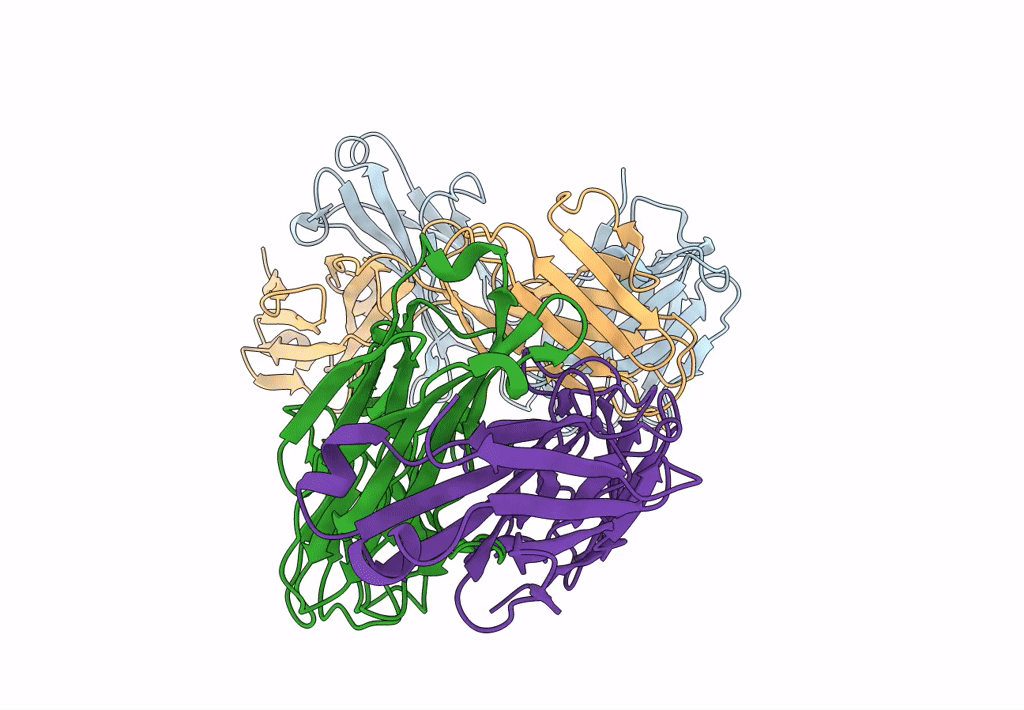
Deposition Date
2022-04-26
Release Date
2023-06-28
Last Version Date
2024-11-06
Method Details:
Experimental Method:
Resolution:
3.93 Å
R-Value Free:
0.27
R-Value Work:
0.22
R-Value Observed:
0.23
Space Group:
C 1 2 1


